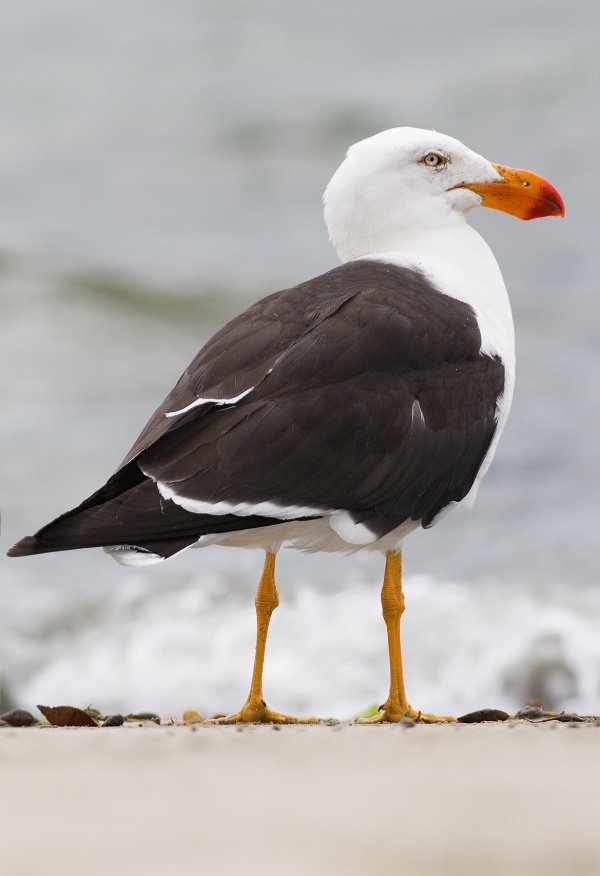Facts About Pacific gull
The Pacific Gull is a sizable seabird located along Australia's coastline, ranging from Carnarvon in the west to Sydney in the east. It is less prevalent in certain southeastern regions due to competition from the Kelp Gull. Larger than the familiar Silver Gull, Pacific Gulls are typically seen alone or in pairs, either along the shore or soaring above the water. They possess a distinctive habit of dropping shellfish or sea urchins onto rocks to crack them open.
First described by John Latham in 1801, the Pacific Gull has two recognized subspecies. One inhabits the southeast coast and Tasmania, while the other is found in South Australia and Western Australia.
These gulls are easy to identify as they are the only large gulls within their range. They have predominantly white bodies, dark wings, and a thick yellow bill with a red tip. Juvenile Pacific Gulls are mottled brown and gradually acquire the striking plumage of adults. Notably, they have specialized salt glands that enable them to excrete excess salt.
The two subspecies differ in their habitat preferences and nesting behaviors. Pacific Gulls usually nest in pairs or loose colonies on offshore islands. They construct their nests using grasses and sticks, where they lay two or three mottled brown eggs.
